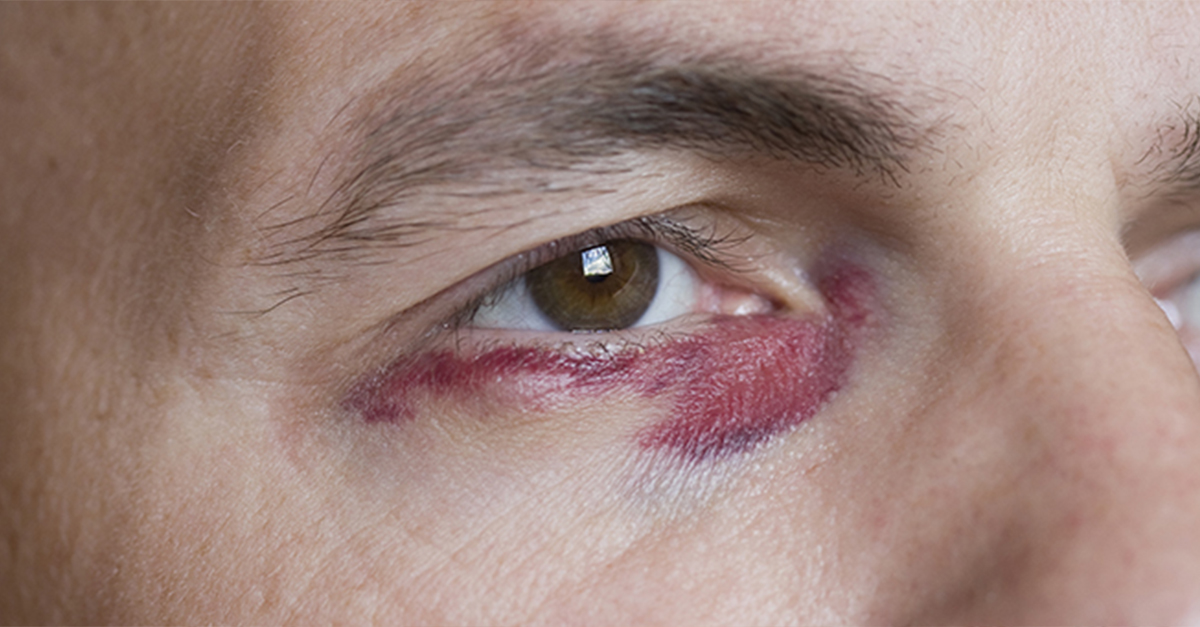Eye Trauma
Eye Trauma

It is not uncommon for the eyes and surrounding structures to be affected/hurt in an accident. This can range from a small cut by a sharp object to severe injury including fracture of the orbital walls.
Who do I need to see in case of injury to the face and eyes?
Due to the delicate and compact nature of the structures, even seemingly trivial injuries may have serious implications. These may be missed/ overlooked at times, if not closely examined by the trained eye of an Oculoplastic specialist. Due to her expertise, Dr.Sneha Shah will be able to work towards the best possible functional and aesthetic correction. At times, a multi specialty approach is the best, and if needed Dr.Sneha will also involve specialists from other fields such as ENT, Maxillofacial surgery or neurosurgery to ensure the best outcome for you.
How can the eye be affected in injury?
The injuries may include :
Injury to the eyeball:
Eyelid laceration (cut on the eyelid)- commonly caused by the bite of a pet or motor vehicle accident. Depending on the depth and extent of the injury, it may need to be taped, glued or sutured. Inadequate or inappropriate treatment can lead to eyelid function being affected, leaving the eye permanently open or closed or feeling gritty or watery. Sometimes it can leave an unsightly scar on the face.
In-depth knowledge of the eyelid anatomy and careful examination helps the the Oculoplastic surgeon discuss the options for the best possible outcome.
Injury to the naso lacrimal / tear drainage system:
Any part of the tear drainage system may be involved in the injury. Punctum and canaliculi- commonly affected in chemical injuries and superficial trauma Lacrimal sac and nasolacrimal duct- usually a part of more complex facial trauma The symptoms include watering, stickiness or discharge from the eye
Foreign body
Eyes are very delicate structures and even the smallest foreign body in or around the eye can lead to severe symptoms with occasionally serious or devastating implications. Careful examination and appropriate investigations need to be done in a timely manner to formulate the right treatment plan.
Orbital fractures:
Although the orbital rim is quite sturdy, the walls of the orbit are thin and amenable to fracture during trauma to the face. This is commonly seen when someone is boxed in the face with a fist or sports injury with a ball.
If there is any suspicion of bony injury
- DO NOT Blow your nose.
- Avoid sneezing and coughing
- Apply ice packs if possible
- Seek medical attention at the earliest.
How will the doctor know if I have an Orbital fracture?
Common consequences of fracture include :
Black eye, double vision(Diplopia), loss of sensation around the eye, eye looking smaller/ further behind (enophthalmos), emphysema, reduction of vision and rarely loss of eye.
Based on the history and clinical examination, if Dr Sneha Shah suspects an Orbital fracture, she will request for a CT scan of the Orbits.
How are Orbital fractures treated?
Treatment is directed at saving the eye, the vision, and correcting any consequent cosmetic blemishes. Most orbital fractures only need the watchful eye of an experienced Oculoplastic surgeon. Sometimes surgical correction is warranted and is usually performed under general anesthesia.
